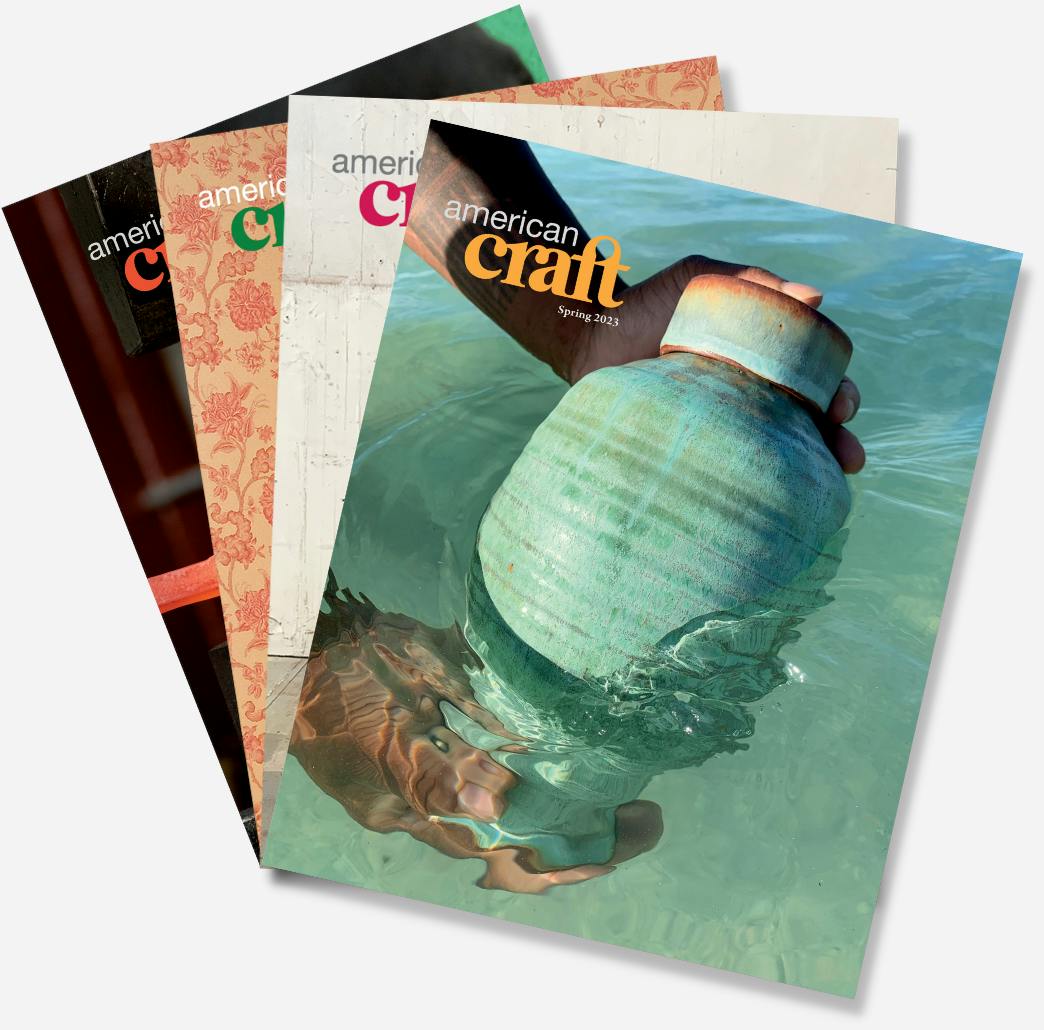The Queue: Douglas Molinas Lawrence
Get to know the people featured in the pages of our magazine as they share what's inspiring them right now.

A biweekly roundup for and by the craft community, The Queue introduces you to the artists, curators, organizers, and more featured in the pages of American Craft magazine. Our Spring 2023 issue (cover pictured right) is centered on the theme vessel and will start hitting mailboxes in late February! Join now to reserve your copy. In The Queue, we invite the inspiring individuals featured in this issue to share personally about their lives and work as well as what's inspiring them right now.
After Douglas Molinas Lawrence’s parents gave him a pocket knife as a child, he compulsively carved found sticks and tree limbs on his family’s farm. With a background in environmental science, forestry, and architecture, the Tennessee-based artist has carried his fascination with wood into his artistic practice. “I still always feel this sense of wonder at removing bark and discovering the unique color and grain pattern of the wood beneath,” Lawrence says. He is currently making a series of richly textured bud vases out of 6-by-6-by-2-in. blocks of wood. Read more about these vessels in the Market section of the Spring 2023 issue of American Craft.
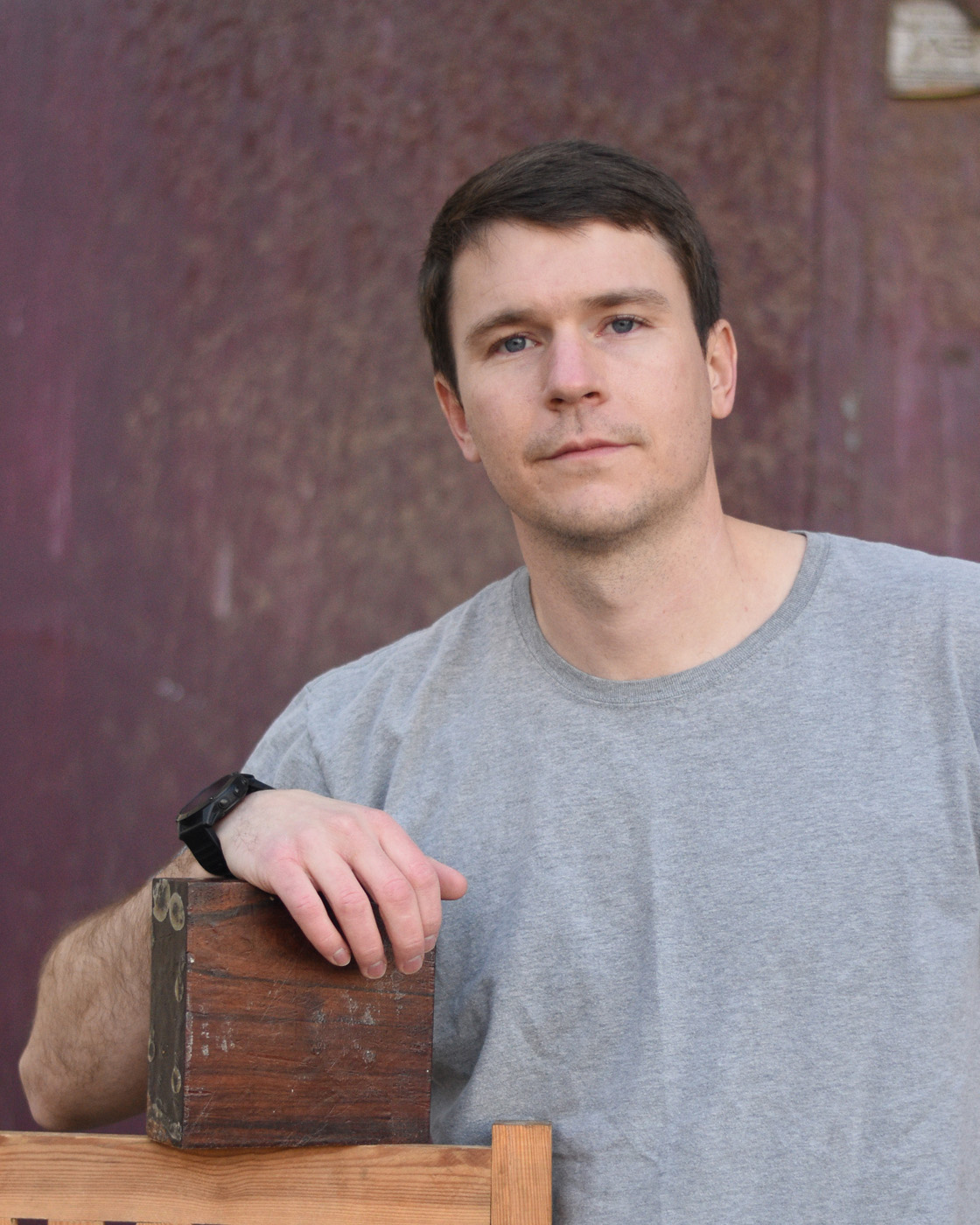

LEFT: Douglas Molinas Lawrence. Photo courtesy of the artist. RIGHT: Douglas Molinas Lawrence, No. 112, 2022, partially scorched white oak, 6 x 6 x 2 in. Photo courtesy of the artist.
How do you describe your work or practice in 50 words or less?
I am a wood sculptor, creating functional as well as purely sculptural pieces, mostly relating to the vessel form. My process is varied, combining the use of traditional and modern tools and techniques.
Who and what—craftspeople, artists, ideas, books, music, nature, etc.—inspires your work?
At university, I studied both architectural design and environmental sciences, and a lot of my work is still this exploration of where the human world and the wider natural world intersect. Lately I’ve been really inspired by potted plants, both for the pots and the plants.
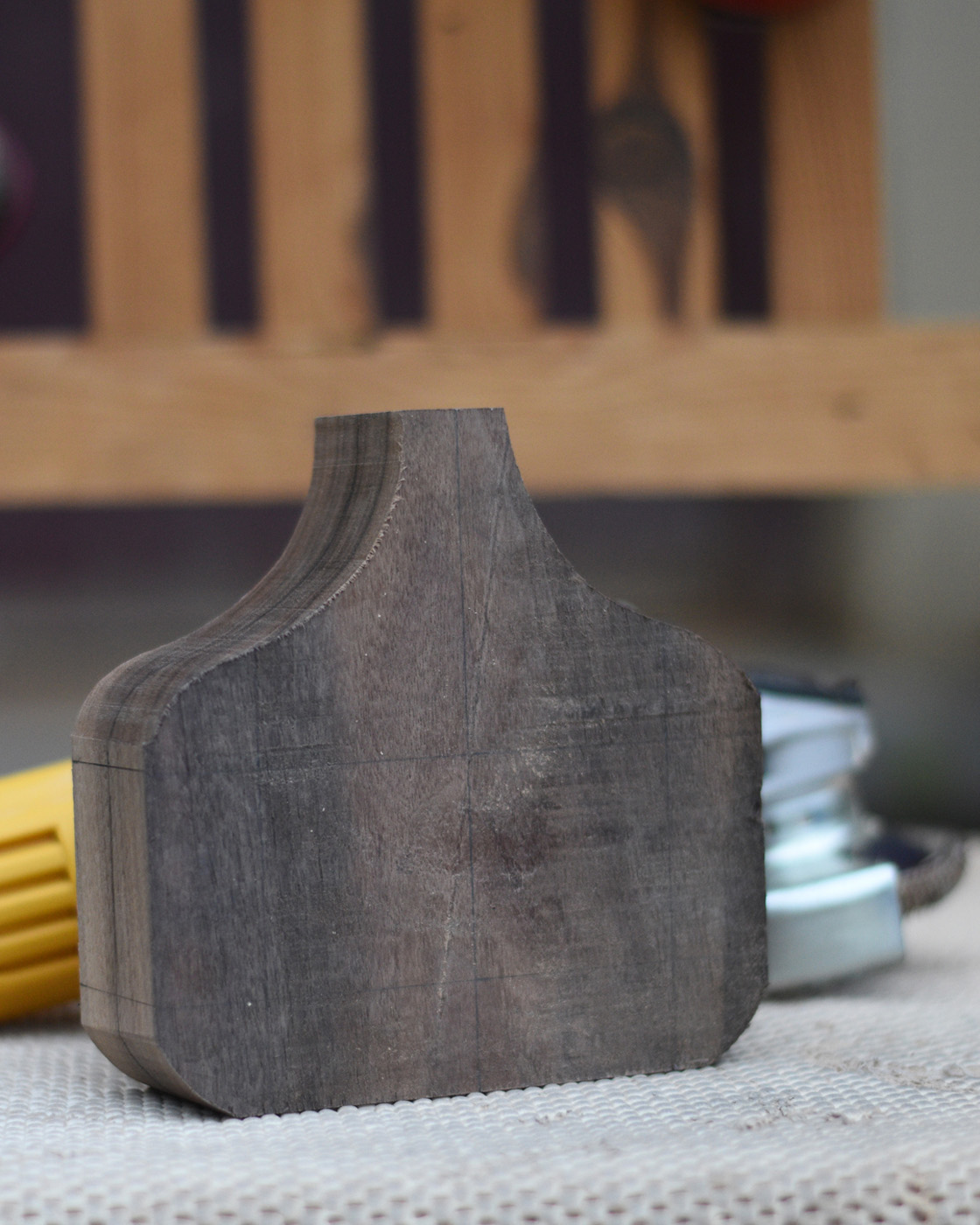
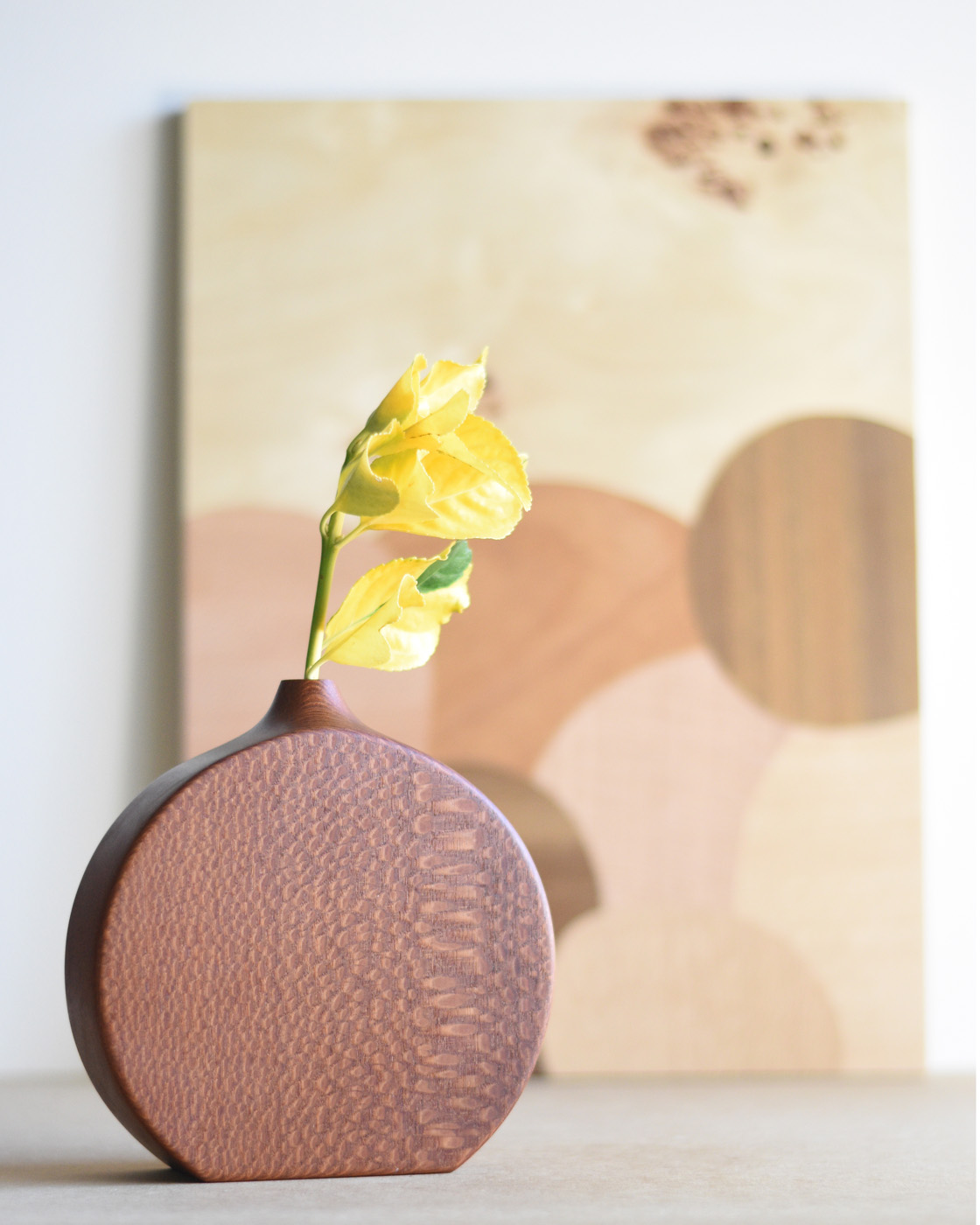
LEFT: A bud vase in process. Lawrence uses an angle grinder to shape it. Photo courtesy of the artist. RIGHT: Douglas Molinas Lawrence, No. 105, 2022, leopardwood, 6 x 6 x 2 in. In the background, there sits an untitled marquetry experiment using various wood veneers, 16 x 12 in. Photo courtesy of the artist.
If you could have a work from any contemporary craft artist for your home or studio, what would it be and why?
It would have to be a Kazunori Hamana tsubo vessel for the organic forms and soft colors of the work. As well as being a self-taught artist, he is a rice farmer and fisherman, and I appreciate the balance that this variety of work brings to his practice.
What are your favorite types of wood to work with, and why? From where do you source your wood?
Oof, I don’t think I can pick! One of my favorite parts of working with this material is its incredible natural diversity. Alongside my studio practice, I develop reforestation and agroforestry projects, and I am always amazed by the variety of trees that exist. I salvage logs from storm-dropped trees in the area and get lumber from a local yard.
What are your favorite tools in your tool kit?
A small sweep gouge and an angle grinder. I only started using power tools about six years ago, but now I enjoy the balance of fast and slow and loud and quiet work. The grinder is for rough shaping, and my favorite finish is a hand-gouged texture.

Kazunori Hamana, Untitled, 2020, Ceramic, 23 1/8 x 28 3/8 x 22 1/4 in. Courtesy of the artist and Blum & Poe, Los Angeles/New York/Tokyo. Photo by Noboru Murata.
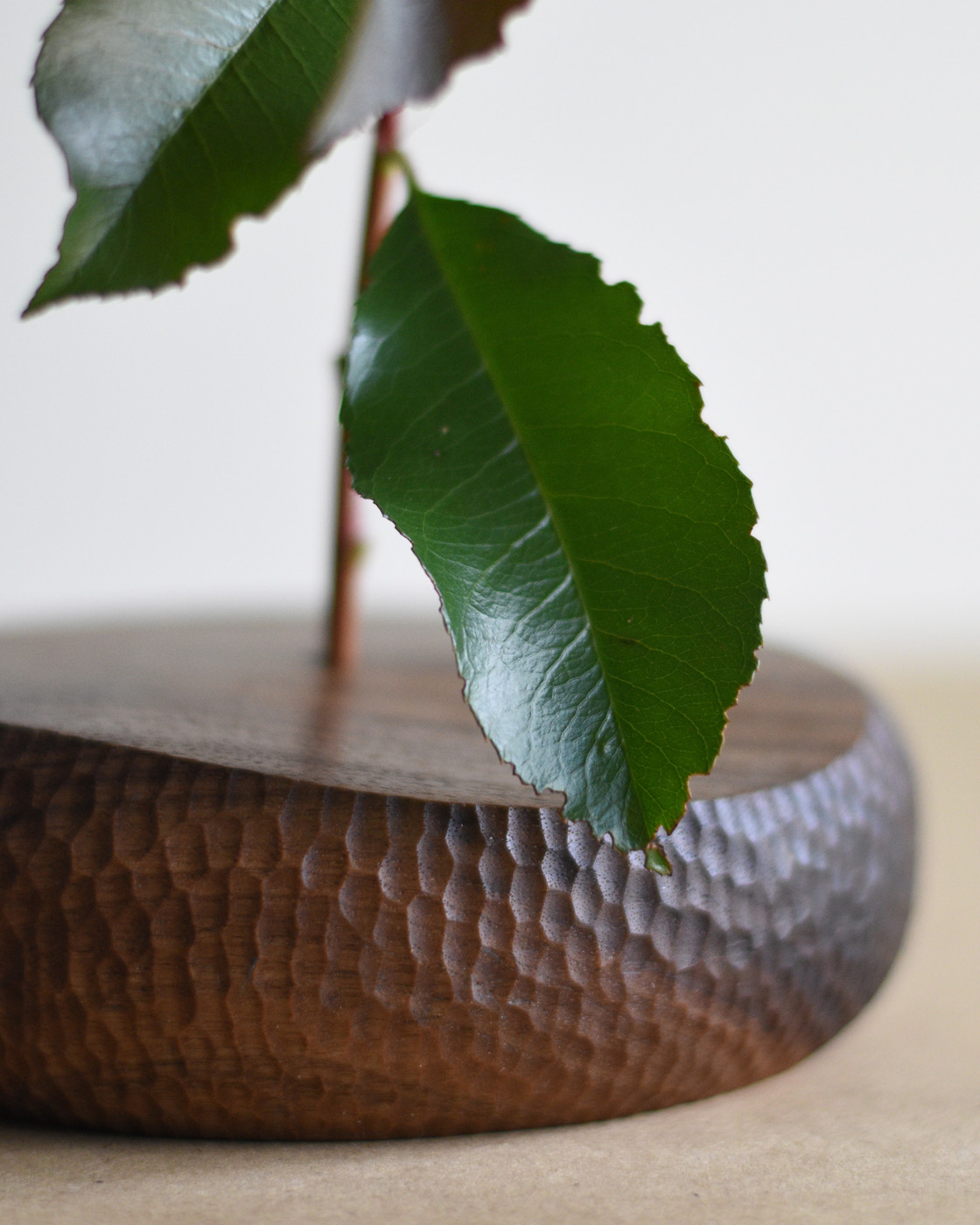
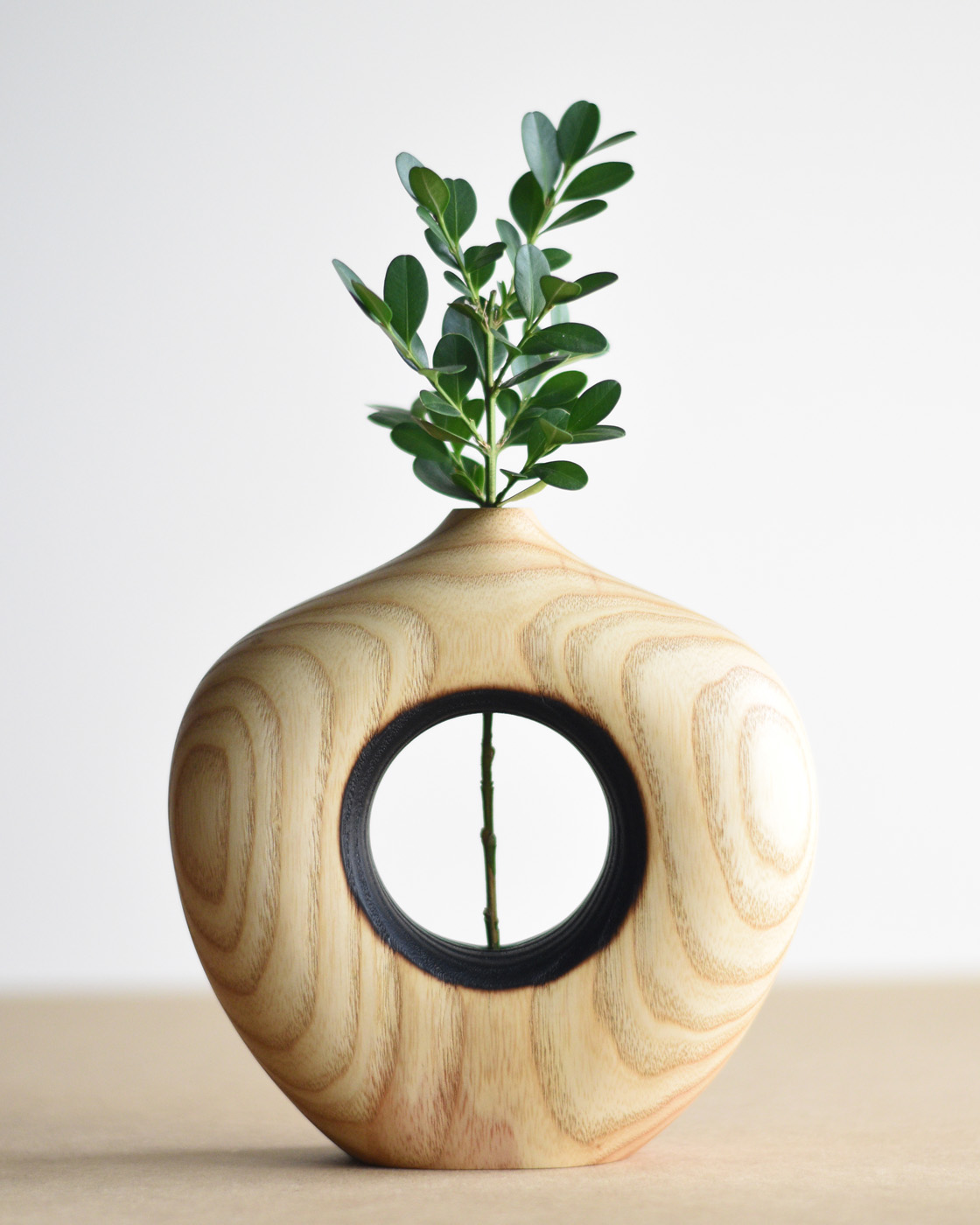
LEFT: Douglas Molinas Lawrence, No. 63, 2022, black walnut, 2 x 6 x 6 in. The surface of this vessel was hand gouged. Photo courtesy of the artist. RIGHT: Douglas Molinas Lawrence, No. 100, 2022, partially scorched ash, 6 x 6 x 2 in. Photo courtesy of the artist.
Which artists, craft exhibitions, or projects do you think the world should know about, and why?
Arrowmont School of Arts and Crafts in the mountains of Gatlinburg, Tennessee. Last summer, I took a weeklong woodblock printing course there, taught by J. Leigh Garcia, and it was a great experience in a great setting.
Discover More Inspiring Artists in Our Magazine
Become a member to get a subscription to American Craft magazine and experience the work of artists who are defining the craft movement today.


